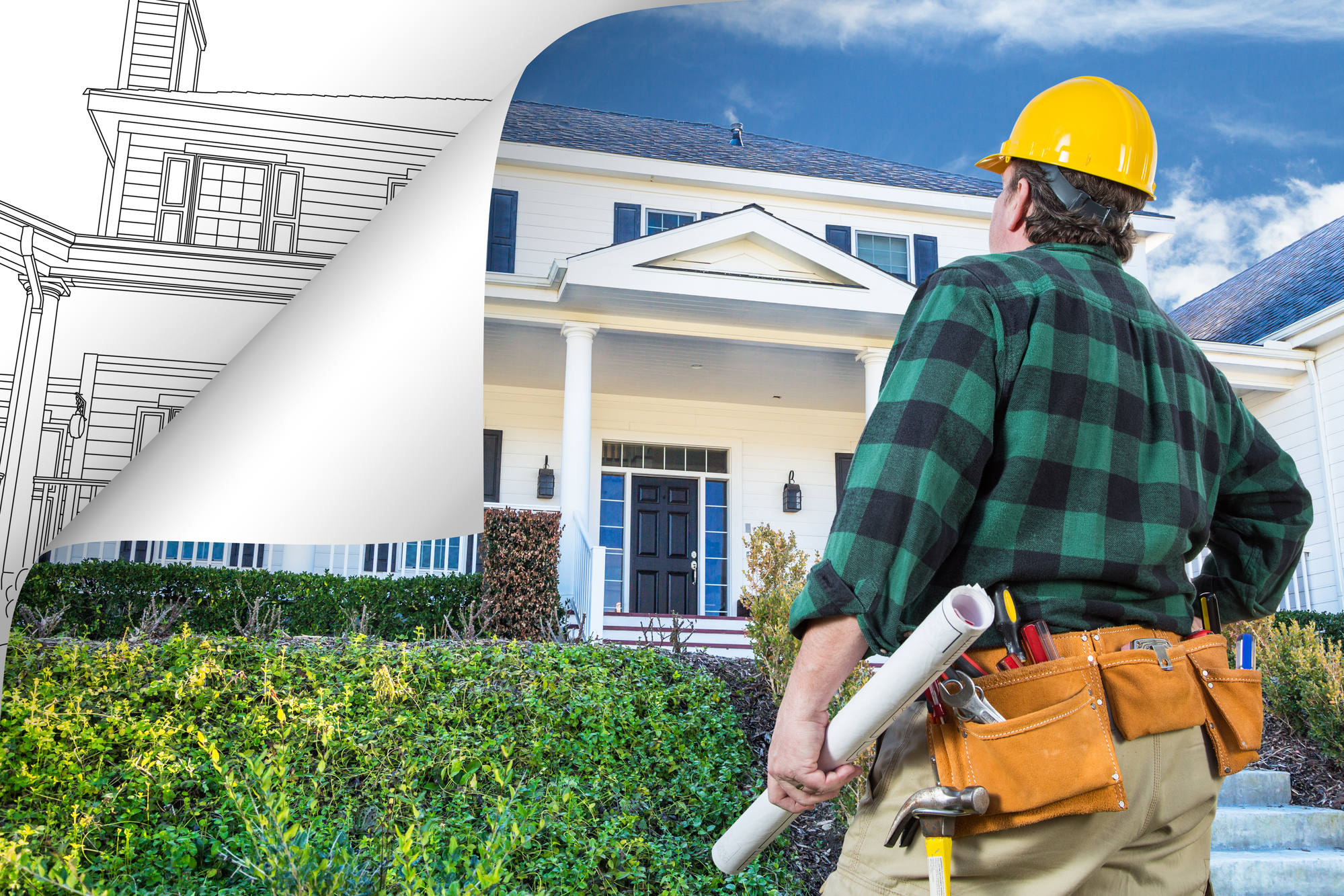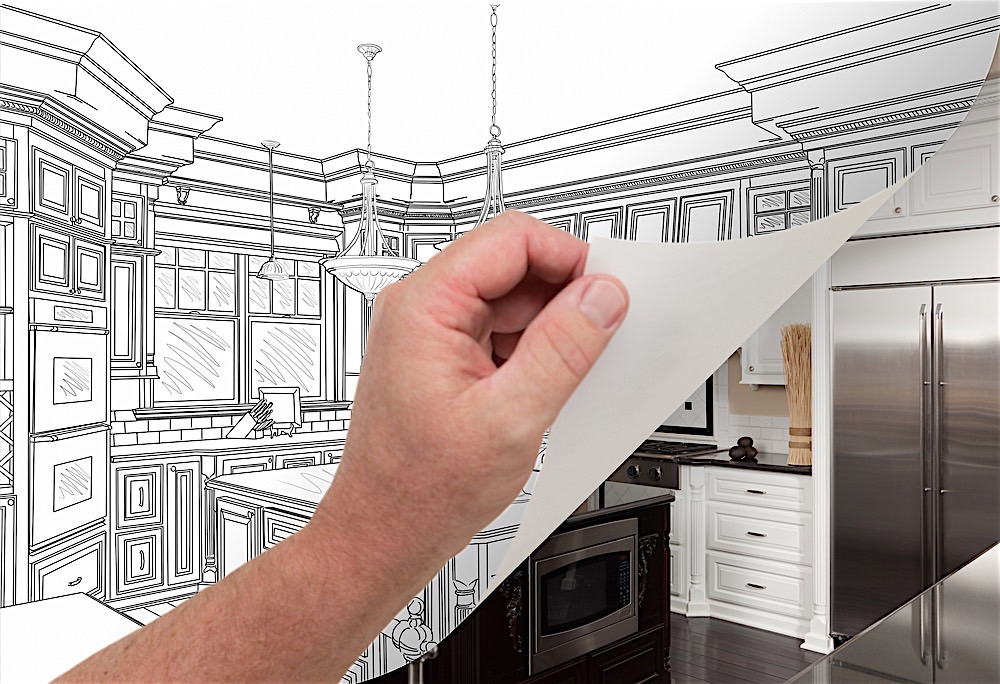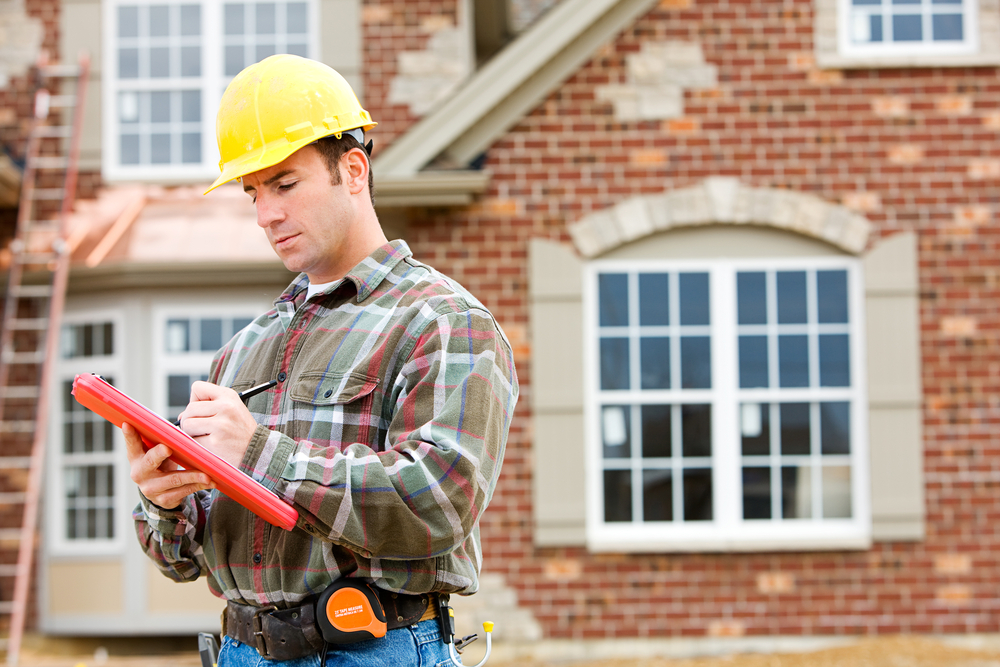From the outside, flipping a house looks easy. If you watch one of the many programs on rehabbing and flipping it makes it look like every property is a winner. The reality is that if you don’t know what you are doing you can, and will, be disappointed in your results. This is the part that you don’t always see from TV.
There are several important steps and keys with every flip. Dropping the ball on just one of these will cause setbacks that will ultimately cut into your bottom line. Anyone can flip a property, but not everyone will have success. Here are five basic keys to a profitable house flip.
- Mentally prepare yourself. Regardless of what your favorite real estate show is, there is one common theme in all of them. You can bet at some point the rehabber will face a significant challenge. Sure, some of this is manufactured drama solely for entertainment purposes, but it is also very real. How you deal with the unexpected will directly define your success. Even before you make an offer you need to mentally prepare yourself for these challenges. When things don’t go your way, you need to immediately try to figure out a solution rather than complaining about the problem. Every minute you waste pointing fingers or sulking is money out of your pocket. On the flip side, the sooner you reverse course and react to the problem the quicker you can tackle whatever the issue is. It is not uncommon for a handful of negative items to fall on your lap. You can’t have the “this is my luck” mentality when it does. If the real estate business was easy, everyone would do it. Half of the task is mentally preparing yourself for the inevitable obstacles.
- Never overpay. As simplistic as it sounds, the goal of flipping a home is to make a profit. This process starts with how much you get the property for. By overpaying just to take ownership you immediately start behind the eight ball. It is important to always stick to your numbers and never bid against yourself. This starts with understanding the competition for the property. All sales are at least in part about supply and demand. On properties with high demand you should make your first offer 90% of your final number. You can’t lowball these deals and think it will work. On properties where you find the lead with your marketing or personal contacts you may be able to offer below fair market value. Either way you should have a price in your head where the property no longer makes financial sense to bid any higher. Going over a few thousand dollars may not seem like much, but you also need to account for opportunity lost. Working on a deal with minimal upside restricts you from following a better property if it presents itself. Know the numbers and be willing to follow them.
- Have an open mind. There are many ways to find rehabbing success. What worked on one deal may not work in a different market. As important as it is to have conviction in your actions, you also need to keep an open mind. Don’t be afraid to listen to the people around you. Your contractor, carpenter, plumber or electrician may have an idea that makes perfect sense that you never thought of. One of the real keys to rehabbing is the ability to shift gears on the fly. This doesn’t mean making knee-jerk decisions, but you should be willing to be flexible. As long as you know exactly what you are getting into and can justify the upside you should change directions if the path makes more sense. Those rehabbers who are stubborn and set in their ways often have regrets when the property is finished and are having trouble finding a buyer.
- Budget realistically. The formula for rehabbing success is pretty simple. You take your estimated after repair value (ARV) and subtract your repairs and purchase price to come up with an estimated profit. There are other numbers that can go into that, but that is the basic formula. The reality is that you can make your budget pretty much anything you want. By using sales prices for materials or omitting certain items the bottom line will look appealing. It is only when costs start adding up that you will realize you made a terrible mistake. Always use the most realistic numbers as you can find. In fact, you can even go on the high side and then add a bit of a buffer as well. You may be surprised at just how quickly rehabbing expenses add up. You never want to spend months on a property only to have your expenses eat up all your profits.
- Don’t wait to start selling. There are a few different schools of thought when it comes to promoting a rehabbed property. There is little question that the finished product is always more appealing than seeing a property down to the studs. That being said you shouldn’t be reluctant to start promoting your property as soon as work has started. You can use social media to generate interest with pictures and teasers of the property. You can put a for sale sign in the neighborhood and use organic ways to get the ball rolling. Your real estate agent may do a good job marketing, but every little bit helps.
There is a fine line in success and disappointment when it comes to flipping houses. Use these five tips to help guide you in the process and maximize your return on investment.






